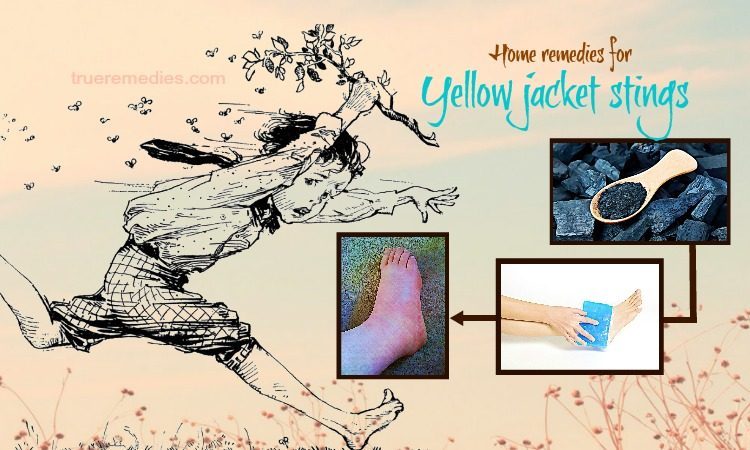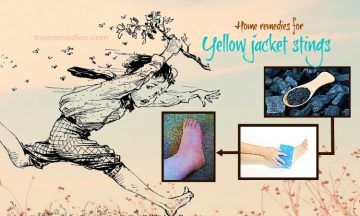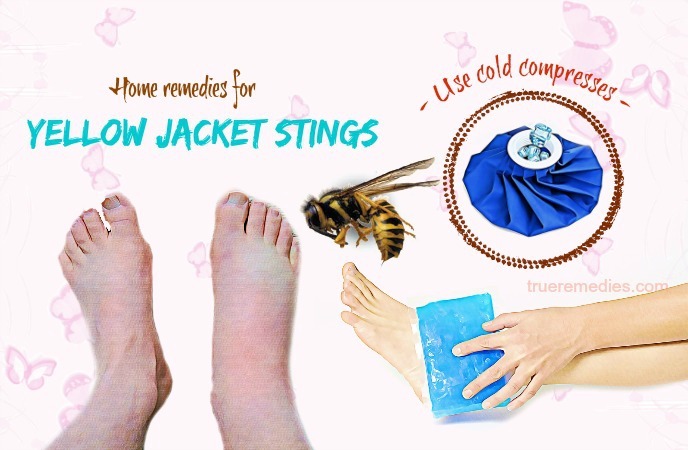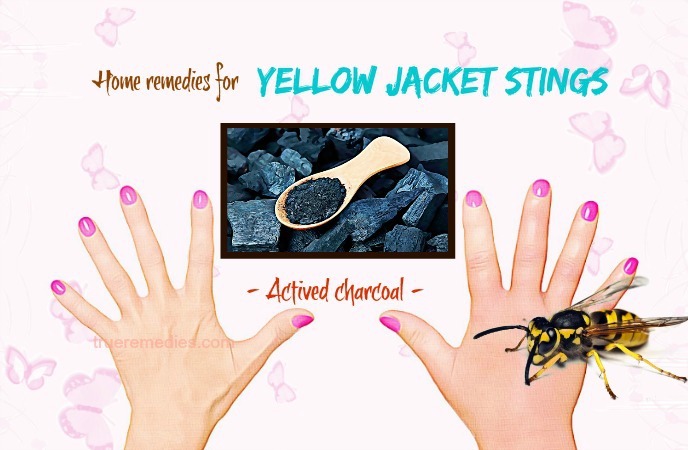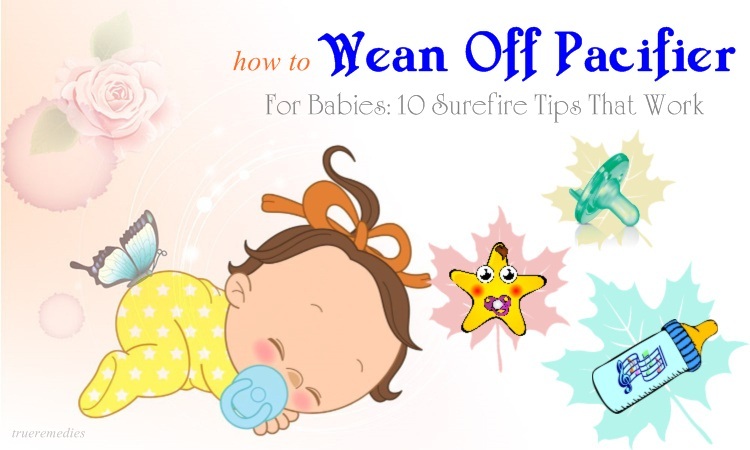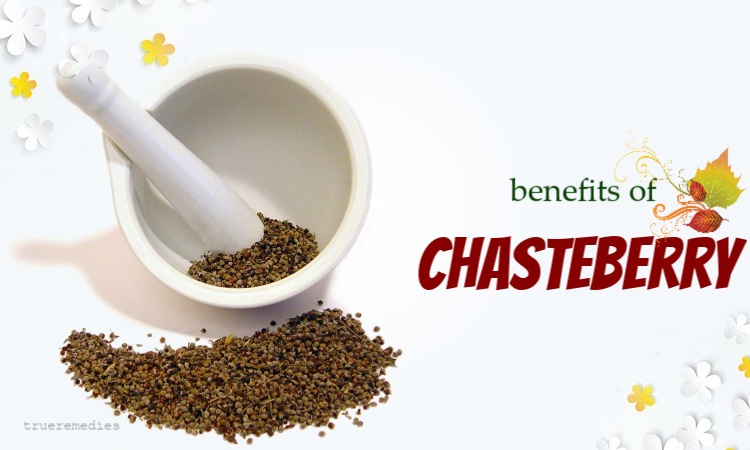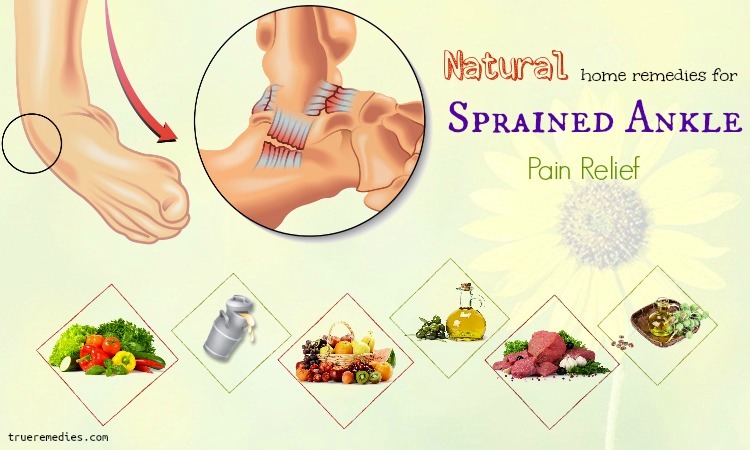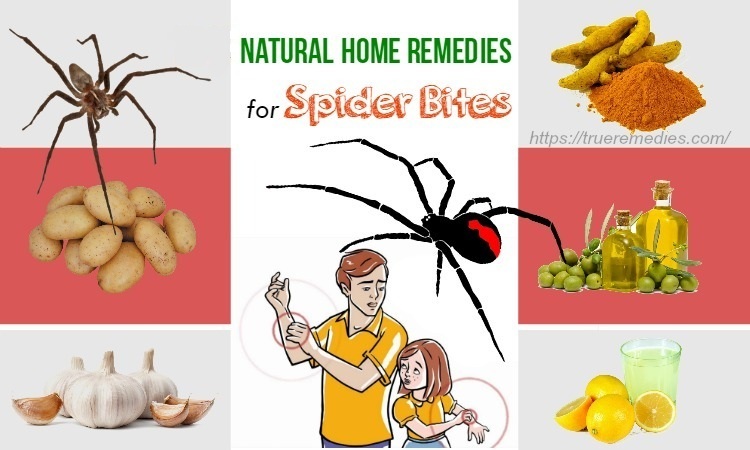updated: 06/30/2019
CONTENTS
Like other bees, yellow jackets are inherently harmless. They pollinate flowers and play an active role in the environment. However, they become aggressive when near humans. For people with insect sting allergy, the yellow jackets are even more dangerous. it is important for you to handle the stings immediately after being bitten by a yellow jacket.
- 29 Home Remedies For Ant Bites And Stings Swelling & Itching
- 10 Effective Home Remedies For Bug Bites That Itch And Swell
- 28 Simple Home Remedies For Spider Bites On Face, Neck, Arm
What Are Yellow Jackets?
Yellow jackets have this name due to their black and yellow bodies. Measuring 10-16 mm in length, the majority of yellow jackets are yellow and black in color, although some other kinds have black and white in color. On the contrary to bees, yellow jackets’ waist is defined and thinner.
They are pollinators and considered beneficial as they consume flies, beetle grubs, and many other harmful pests. Nonetheless, they are also known as scavengers that consume fish, meat, and sugary substances, thereby making them a nuisance near the trash picnics and receptacles.
Why Do Yellow Jackets Sting Us?
Unlike bees, which could just sting once since injecting their stinger into you, yellow jackets may sting multiple times. When it stings, it will pierce your skin with its stinger and transfer the poisonous venom causing sudden pain. Around the sting, you will see redness and inflammation for a few first hours. Itching, fatigue, and warmth around the stinging point are common symptoms.
Yellow jackets, if being disturbed, will sting to protect their own nest. If you are very close to their nest, just several feet away, they may sting. Thus, they are perceived to be the most aggressive bees. In fact, only female yellow jackets sting while males do not. Yellow jackets may sting children much more often than anybody else because they are usually playing outside[1].
TrueRemedies Partner Solutions

Need a Help from the Leading Expert Online, Available 24/7?
They’re all here and ready to answer your questions online or by phone. Keep asking questions until you get the answer you need.
What Are Symptoms Of Yellow Jacket Stings?
After getting stung, it is common to experience tenderness, swelling, and redness around the stung area. Some symptoms of yellow jacket stings that need emergency medical attention include:
- Wheezing or coughing
- Changes to the skin, such as turning into hives
- Problems swallowing or breathing, or experiencing tightness in the throat
- Diarrhea or vomiting
- Feeling dizzy or lightheaded, or passing out
The above symptoms may be a common allergic reaction or an anaphylactic reaction – a life-threatening allergic reaction. The symptoms tend to go away within 24-72 hours.
Top 16 Effective Home Remedies For Yellow Jacket Stings Relief
Yellow jacket, in general, does not leave the stinger embedded in the affected skin. However, if it gets stuck in the skin due to repeated attacks, you should remove the stinger by using a pair of tweezers or a blunt knife before washing the area off with mild soap and water. After that, applying the following home remedies for this issue below.
1. Cold Compresses
The first remedy, when it comes to natural remedies for these stings, is applying cold compresses. Before putting anything else on your affected skin area, apply cold compresses first to reduce inflammation and swelling by numbing your nerves[2].
In accordance with a 2006 study released in the Clinical Techniques in Small Animal Practice, cool or ice compresses and corticosteroid lotions or topical lidocaine are important and effective in the management of stings caused by yellow jackets[3].
Directions:
- Add cold water or some ice cubes to a bowl
- Add a piece of fresh cloth to it
- After wringing out excess water, put the cloth on your affected area
- After 10 minutes, remove it off
- Repeat this routine twice or thrice per day. Wait 15 minutes between each application.
You can use a cold water bottle or a bag of frozen veggies as an alternative to the cold cloth.
Note: Avoid putting the ice cubes right on your affected skin because it might lead to frostbite.
2. Baking Soda
In nature, the venom produced by yellow jackets is acidic. Thus, using baking soda may help counteract this venom naturally. It is because baking soda has alkaline nature[4] that may neutralize the sting. As a result, it gives instant relief from itching and pain.
You just need to spread the paste of a spoon of baking soda and water on your bee sting area. Repeat this routine 2-3 times per day to get the best results.
3. Essential Oils
When it comes to home remedies for yellow jacket stings, essential oils are highly recommended. Essential oils are potent hydrophobic liquids packed with healing substances that are known as plant terpenes[5]. Those terpenes, along with other compounds, have medicinal properties that could help in soothing and healing yellow jacket stings. Specifically, the anti-inflammatory compounds in essential oils[6] may alleviate swelling, redness, and inflammation of the stings greatly. Besides, analgesic compounds in essential oils[7] [8] may lessen burning, itching sensation, and alleviate the pain caused by stings. Not only that, antioxidant compounds in essential oils promote the healing process, repair damaged cells, and boost new cell productions, whereas antimicrobial and antibacterial properties in oils[9] [10] prevent the affected area from infections.
Some of the best essential oils you should use to get relief from pain and swelling caused due to yellow jacket stings are lavender oil, tea tree oil, roman chamomile oil, eucalyptus oil, peppermint oil, rosemary oil, etc.
Method 1: Toxin-drawing paste
- Mix 2 teaspoons of baking soda with 1 teaspoon of lavender hydrosol or water
- Then, add 2 drops each of peppermint oil and roman chamomile oil into to get a smooth and thick paste
- Apply the paste over your affected area
Method 2: Apple cider vinegar compress
This method has a cooling effect that helps to relieve the heat, itching, and burning associated with the stings.
- In a bowl, mix ¼ cup each of organic apple cider vinegar and cold water together
- Next, add 2 drops each of lavender or eucalyptus oil
- Take a cotton ball to dip into the mixture, press it on your bee sting site
Method 3: Homemade antibacterial ointment
This solution will prevent the affected area from an infection that may delay the healing and lead to fevers if left untreated.
Directions:
- Melt ¼ cup of shea butter in a double boiler
- Add 4 drops each of tea tree oil, geranium, and rosemary oil to it
- Put the ointment in the fridge for about 2 hours to let it set
- Apply it to your affected area 2-3 times per day
4. Vinegar
Vinegar could act as a natural astringent agent, and it helps to keep you away from clawing the sting site, which may result in further inflammation or infections. This is thanks to the acetic acid presenting in vinegar, which has anti-inflammatory effects[11] [12]. Moreover, it may neutralize the acid in the venom, relieving itching, and pain.
Directions:
- Put some vinegar on a clean cotton ball and pat it on your affected skin. Wait for 15 minutes before removing it. Rinse it off with water.
Mix 1 tablespoon of apple cider vinegar or white vinegar with a proper amount of meat tenderizer to create a paste. Apply the paste to your bee sting site, wait for 30 minutes to wash it off with tepid water. Repeat as necessary.
5. Honey
Honey, with its enzymes, may neutralize the venom right at the infected site. It gives immediate relief from pain, swelling, and itching. Furthermore, due to antibacterial properties[13] [14], honey may be used to prevent infection effectively.
You can also use honey for hornet and wasp stings.
Method 1:
- Spread raw, pure honey on your affected area
- Wait for 30 minutes to let it dry out, then wash it off with warm water
- Apply it a few times every day for about 1 week
Method 2:
- Mix 1 teaspoon of turmeric with some honey to have a good paste
- Apply the paste to your sting site and let it dry
- Wash it off with tepid water
- Repeat this twice per day for 2-3 days to get noticeable results
6. Plantain
In case that there is no medical treatment or doctor available, using plantain leaves is highly recommended. Plantains are a rich source of vitamin A, B6, C, fiber, magnesium, and potassium. They are also high in antioxidants[15], improving your immune system. As an antioxidant agent, this aids in protecting your body against free radical damage that has been accompanied by heart disease, aging, and some kinds of cancer. This is an astringent herb[16] that is good for reducing inflammation and swelling from burns, and for pulling things out of the skin, such as poisons, venom, and embedded objects (small gravel, dirt, splinters, etc.)
Method 1:
- Take a small number of plantain leaves to grind into a paste, or you can chew them
- Apply it to your stings for 20-30 minutes to reduce itching, redness, swelling, and pain.
Method 2: Plantain vinegar
- Take some plantain leaves to chop and tear them up
- Put them in a glass jar, followed by apple cider vinegar to fill the jar up
- After putting the lid on, place it in a dark, cool cabinet for about 2-3 weeks
- Strain the liquid and then use a cloth to squeeze extra liquid from the herb
- Remove the herbs, add the vinegar in a container, and store it
- When necessary, use a cotton ball to apply plantain vinegar to your stings
- Use a band-aid to cover it up
Method 3: You can also apply an OTC plantain ointment on your stings several times per day to improve the healing process.
7. Meat Tenderizer
This sounds strange when it comes to home remedies for yellow jacket stings, but it does the trick. This powder has an enzyme named papain, which is naturally found in papaya fruit and aids in breaking down the proteins from meat[17]. It could do the same for the venom of yellow jacket stings.
Just simply rub a tiny bit of meat tenderizer on the bite, and you will notice a reduction in swelling and pain.
8. Activated Charcoal
One of the folk home remedies for yellow jacket stings is activated charcoal. But, remember that you do not need to have readily available activated charcoal[18] to work for your problem. The charcoal from a fire pit, wood stove, or leftovers from the forest fire may also work, particularly if you are far from a hospital or stores having activated charcoal.
Directions:
- Mix a little water with activated charcoal to have a paste
- Smear it directly on your affected area
- Use a cloth to cover it up until the swelling subsides
- If necessary, renew the poultice during the day
In case you have multiple wounds, submerge in the bath containing activated charcoal powder to get similar effects.
It is also beneficial to take 2-4 charcoal capsules orally at the same time, after consulting a doctor. Charcoal should be in the first aid kit of everyone.
9. Onion
What do you do for a yellow jacket sting? Go for onion slices to ease the swelling and pain associated with stings. Onions have enzymes that may aid in breaking down compounds in venom, causing inflammation[19], according to Eric Block, PhD, an expert in onion chemistry. Moreover, the strong smell of onions repels insects and prevents them from approaching you again.
Directions:
- Cut onion into slices and rub its slices directly on the affected area
- Wait for 15 minutes to wash it off with tepid water
- Repeat as necessary.
Alternatively, you can also squeeze the juice of onion on your sting area. Leave it there for 10 minutes or more and remove it off with cool water.
Note: Any kind of green onion will do the trick.
10. Aspirin
This is a highly useful option among home remedies for yellow jacket stings because it may neutralize the venom for rapid recovery from the symptoms. Besides, with anti-inflammatory properties[20], aspirin may control swelling and pain effectively.
Directions:
- Combine 2-3 regular aspirins with a proper amount of water to have a thin paste
- Apply the paste to your stings and let it dry naturally
- Rinse it off with tepid water
- Repeat as necessary
11. Ammonia
This is an unconventional one in regard to home remedies for yellow jacket stings. Not only does ammonia[21] help color your hair, but it also helps you treat yellow jacket stings thanks to its alkaline properties that fight against the venom in stings. Ammonia will give relief from the itching, pain ,and swelling due to stings.
Directions:
- Dip a cotton ball in ammonia
- Dab it on your stings
- Repeat this a few times per day to lessen the symptoms
Preventative Measures:
Yellow jackets are out of control during the summer or spring. At this time, they eat the honey in flowers so that they could easily nourish themselves and their colonies. Thus, you need to prevent yourself and your family from the risk of yellow jacket stings. Here’re some preventative measures:
- If you are dining outdoors, you should cover food up or dispose of trash instantly to keep lurking yellow jackets away.
- If you hike or come across a bunch of yellow jackets, it is a sign that a nest might be close to you; take an alternate route instead.
- Swatting at the yellow jackets just makes them more likely to attack. Hence, if a yellow jacket lands on you, keep calm and limit sudden movements.
- Use drinks in cups with cover and straws when serving beverages outdoors.
- Avoid leaving out opened soda cans and other beverages that may attract yellow jackets.
- People should also avoid squashing a yellow jacket outdoors. When crushed, yellow jackets will create a kind of hormone that may alert other jackets nearby to attack you. Thus, killing a yellow jacket may result in further stings. Unfortunately, using insect repellents may also not work for yellow jackets and other insects. Contact a professional pest control company to help you remove any nest of yellow jackets nearby.
- Avoid scratching the itching spots, because it might make bacteria break into the skin and lead to infection.
In fact, not everybody will be stung by yellow jackets or react to the stings, yet using the treatments timely is very critical to prevent the spread of venom and bacteria. If you are stung, clean the area, and treat it instantly with either OTC remedies or home remedies for this condition.
In case you are allergic to yellow jackets and get stung, seek medical attention instantly. Yellow jackets are highly aggressive insects. In case you see any yellow jackets or a nest around you, keep calm and give them a wide berth. Just a little room can save you from painful stings. For any contributing idea about this “16 Effective Home Remedies for Yellow Jacket Stings”, feel free to drop your words in the comment box below. We will feedback as soon as we could. In case you want to refer any similar tips and tricks about natural treatments for different conditions and diseases, do not hesitate to visit our Home Remedies Page here.

